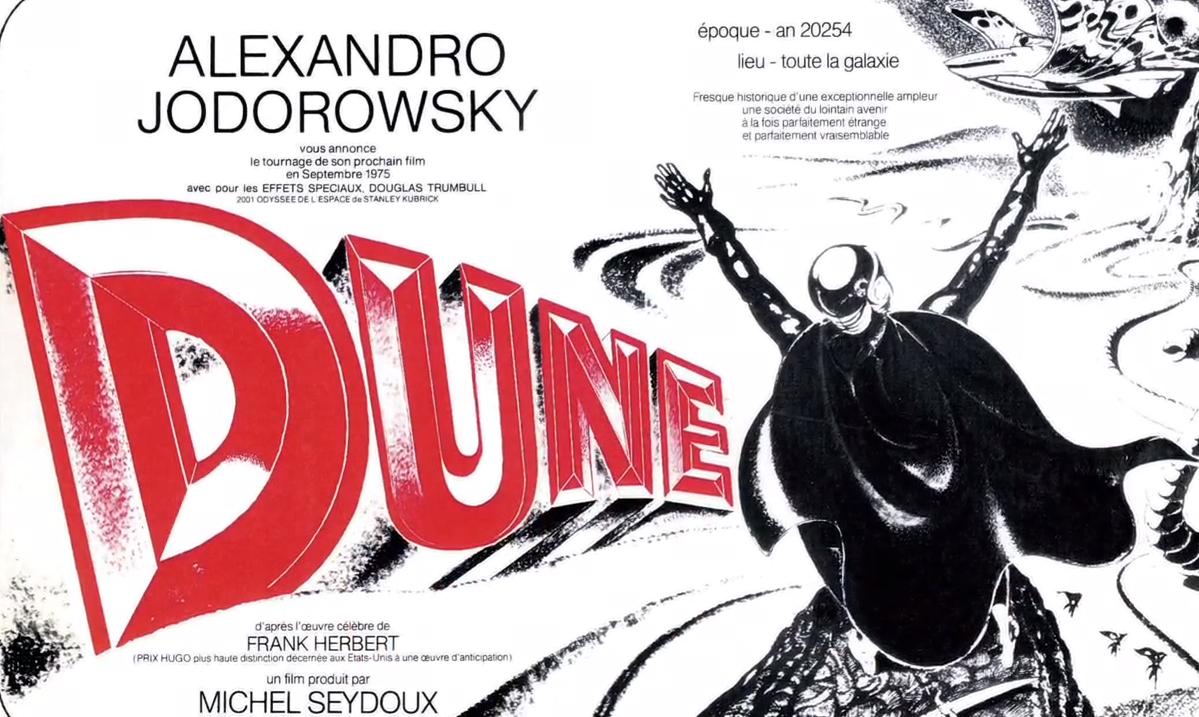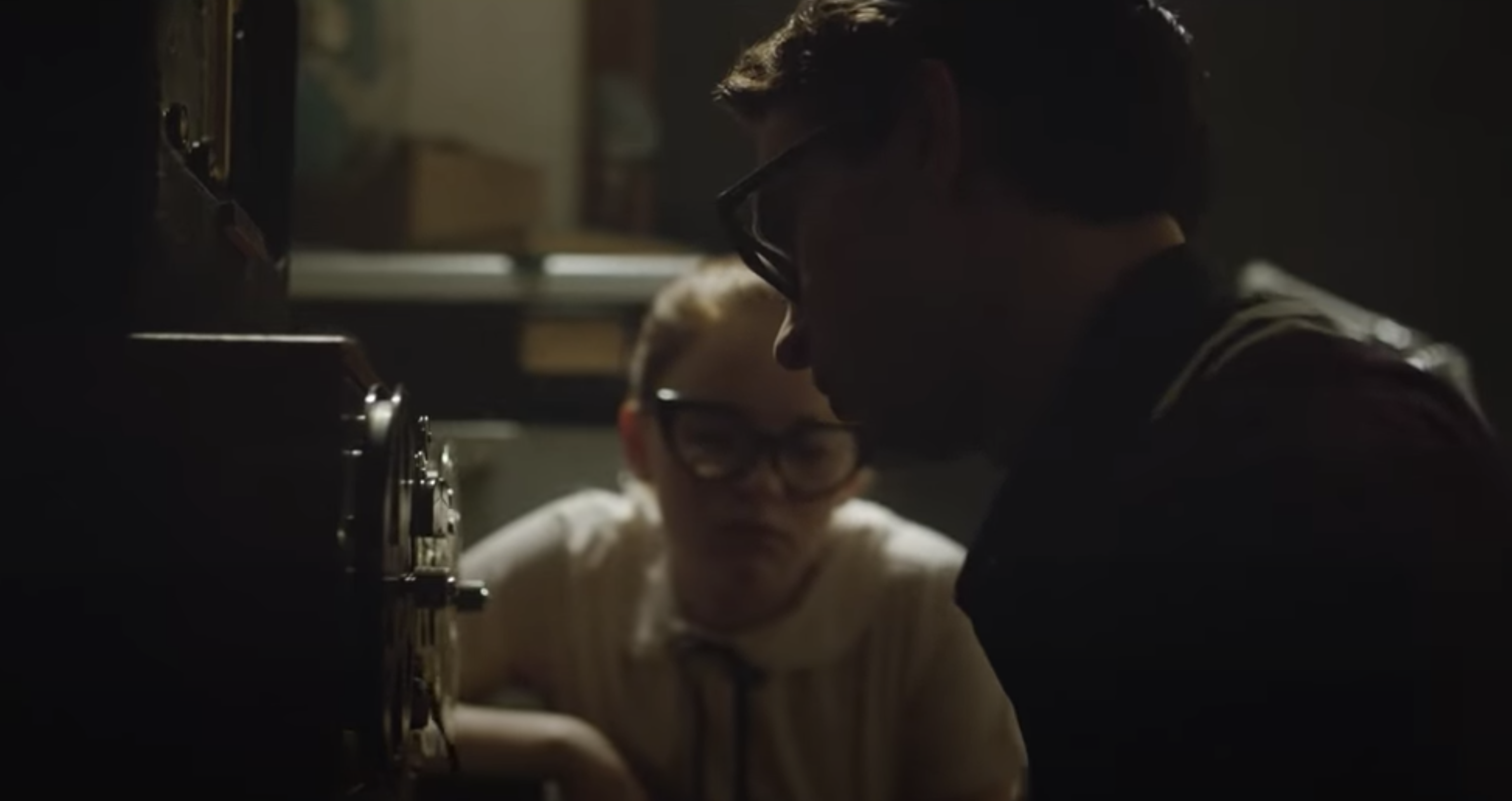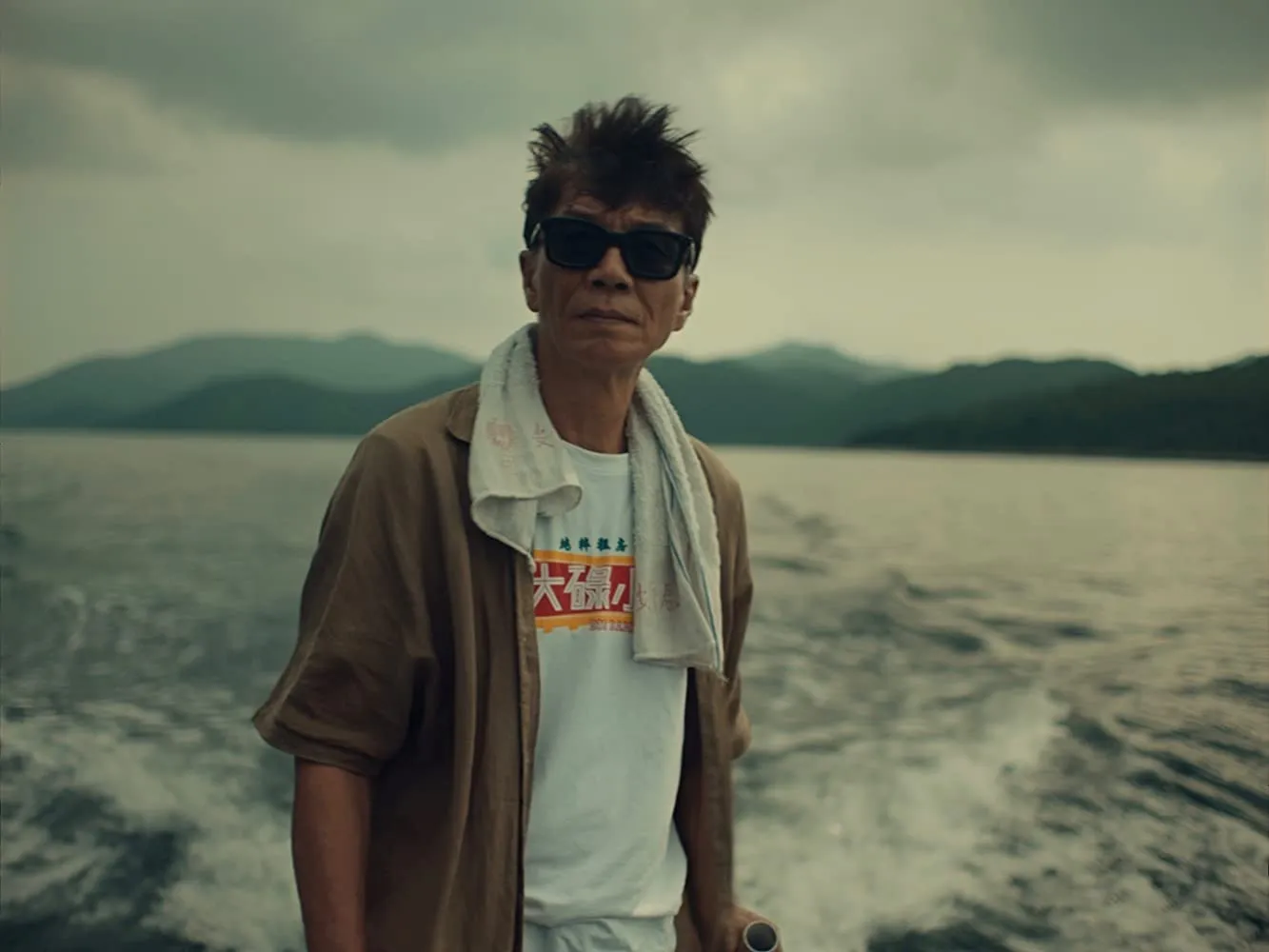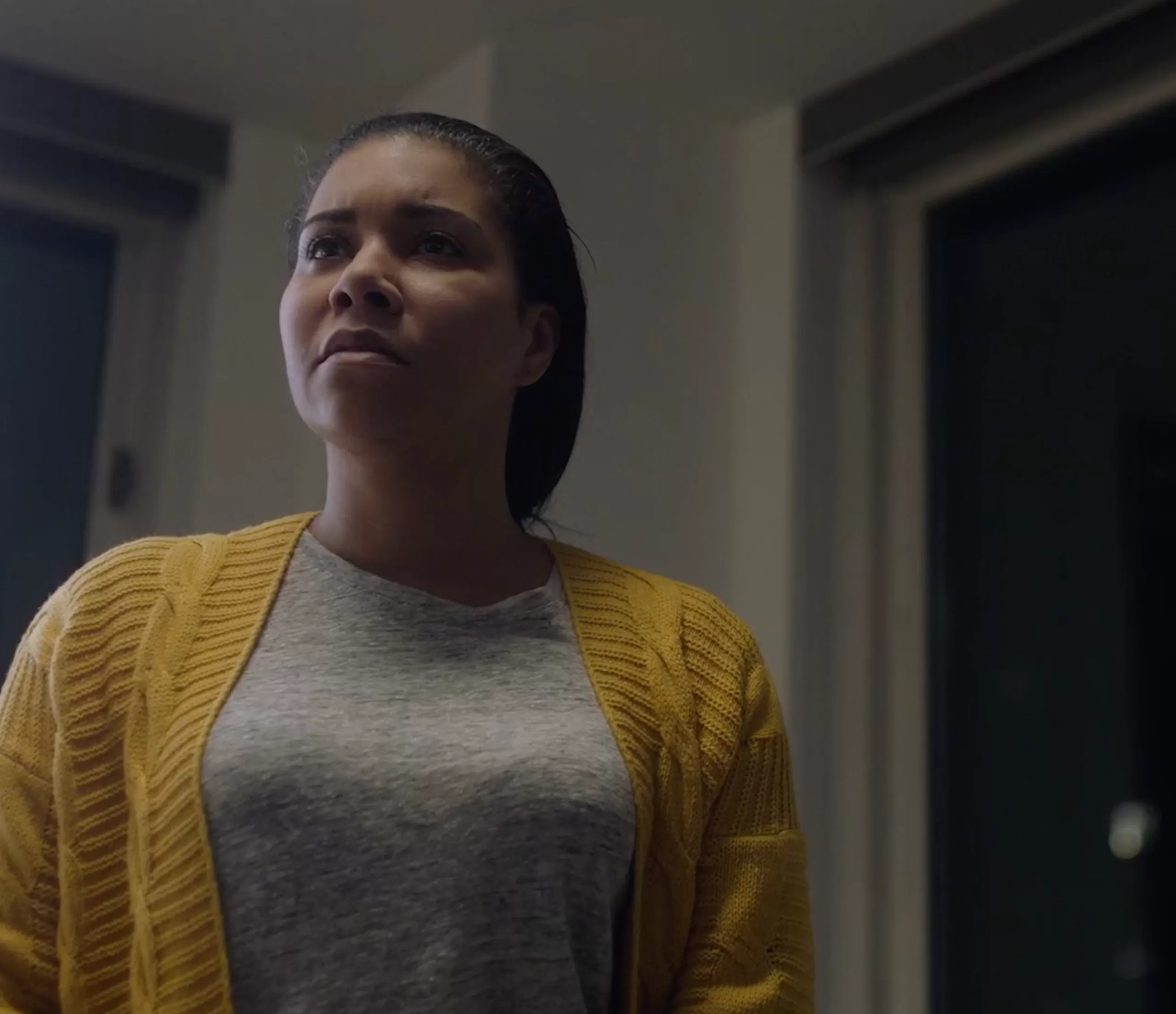Jodorowsky’s “Dune”
“This picture was going to change the public’s perceptions” (Alejandro Jodorowsky)
Alejandro Jodorowsky’s “Dune” project is a sci-fi geek’s ultimate fantasy, the holy grail of genre movies. And yet, “Dune” exists only in the imagination: it’s such a broad and complicated project (think “Avatar” crossed with Terry Gilliam’s “Don Quixote“) that it was never actually made. “Dune” is forever associated with seventies B-movie director Alejandro Jodorowsky, and vice-versa. For his second documentary Frank Pavich cuts his discussions with the director with those of his family and the various people who worked on the project. He perfectly balances interview material with his own narration of the project. The film’s score wonderfully completes this film, which goes so far as reenacting the sequences from “Dune” from the Moebius-drawn storyboard.
Following the original “Dune” teaser which opens the film and a brief introduction by “Drive” director Nicholas Winding Refn, Jodorowski himself goes into a presentation of the wonderful and slightly unhinged mind-space in which he exists (to say that Jodorowski never adhered to norms of filmmaking is an understatement). Almost immediately he reveals his savage dream: to adapt the Frank Herbert novel “Dune” (he admits to having never read it) to the big screen, and this at a time when neither “Star Wars” nor “Star Trek” even existed.
“Jodo,” as he likes to be called, has a disproportionate ego and a creative madness matched only by immeasurable ambition. He waxes emphatically about how he’d managed to surround himself with the best artists of the time (his “warriors” as he likes to call them–from screenwriter Dan O’Bannon to designer H.R. Giger) in preparation for the project and that (and he declares this not without a certain mischievousness) he often managed to hook in the biggest stars of the time by offering them extravagant bonuses ($ 100,000 per minute for Dali, a meal with a chef every day for Orson Welles). In addition to Jodorowski people like Michel Seydoux and Jean-Paul Gibon (both are film producers in France and were associates of Jodorowky’s for the “Dune” project) recall the various ups and downs of the project.
Jodorowski’s extraordinary aplomb makes for some hilarious moments, such as when he describes pitching his project to as Mick Jagger or Pink Floyd. This documentary underscores Jodorowsky’s passionate personality and his commitment to a gargantuan project in which he’ll have invested more than two million dollars before being forced to throw in the towel.
The part about how Jodorowsky tried to get financing from Hollywood’s studios is a heartbreaker. And yet, even though they were frequently confronted with skepticism and doubts he and his producers knew that the film’s storyboard, drawn by French cartoonist Moebius, held extraordinary value. In fact, it would go on to become the cornerstone of all the great sci-fi films that followed such as “Star Wars” and “Blade Runner .”
With the benefit of hindsight perhaps afforded by this new documentary Jorodorowski handles his failure philosophically and a smidgeon of pride. Because he knows, as do we, that he made an indelible mark on the world of science fiction filmmaking.
SEE ALSO: Ben Cobb’s article about the films of Alejandro Jodorowsky
news via inbox
Nulla turp dis cursus. Integer liberos euismod pretium faucibua



